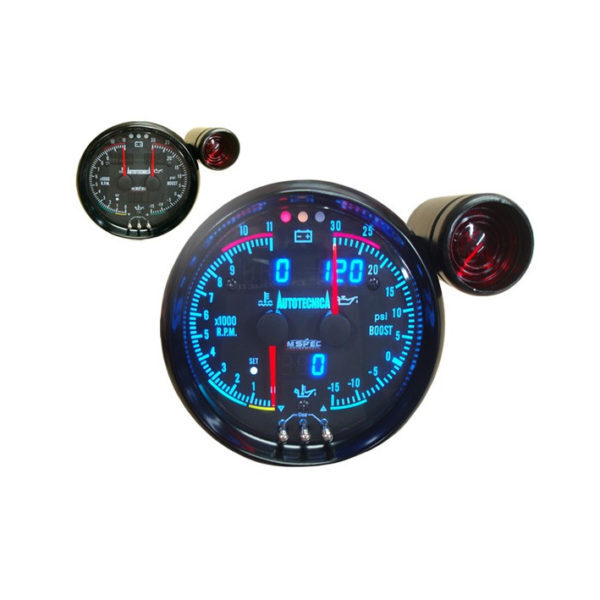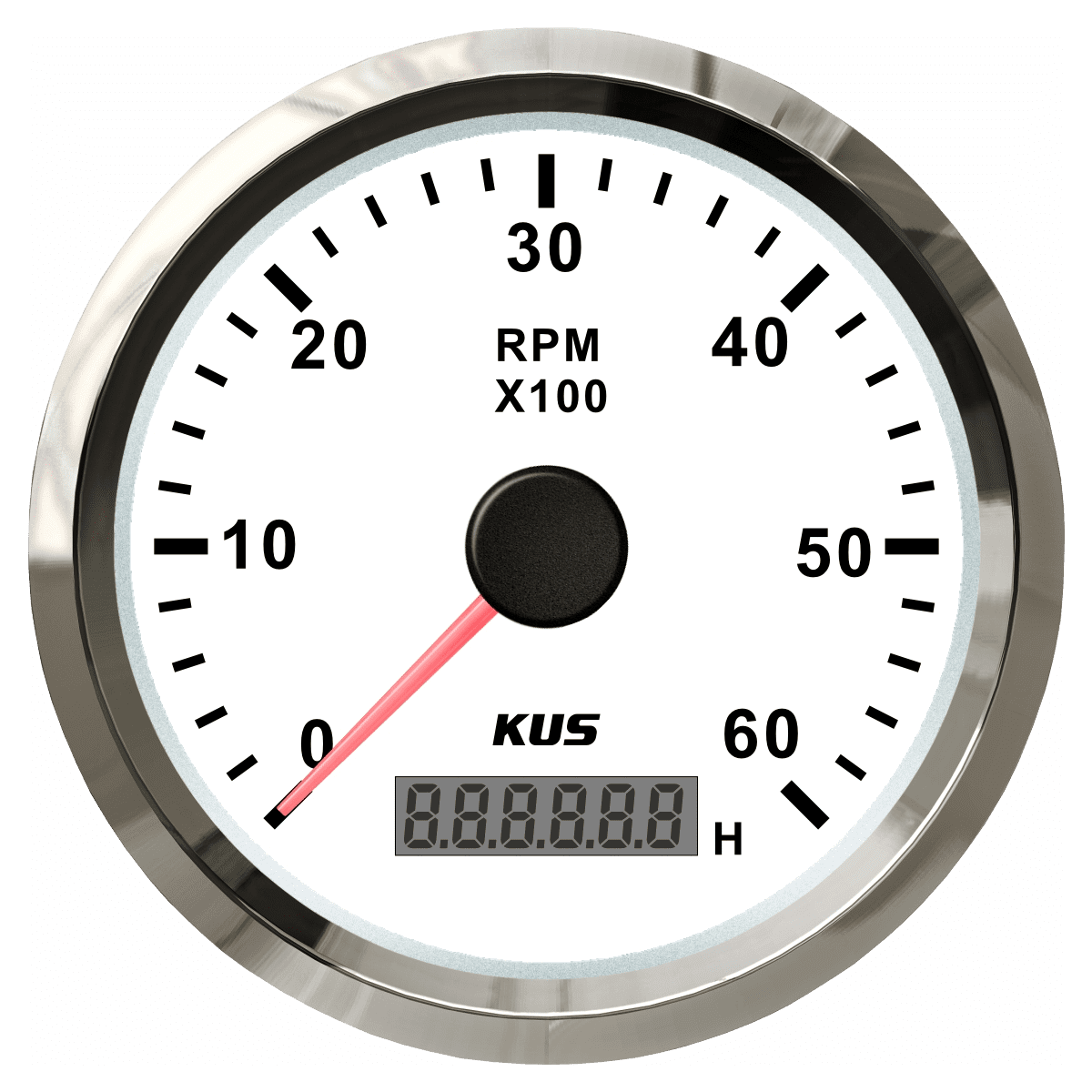Tachometer Purchasing Overview: Functions to Look for and Ideal Brands
Tachometer Purchasing Overview: Functions to Look for and Ideal Brands
Blog Article
The Relevance of a Tachometer in Keeping Track Of Engine Rate and Performance in Automotive Applications
In the realm of automobile engineering, the tachometer stands as a crucial instrument in the driver's arsenal, providing a direct home window right into the internal functions of a vehicle's engine. Past its feature as a mere gauge of revolutions per minute (RPM), the tachometer functions as a vital tool for enthusiasts and professionals alike, using real-time understandings into engine performance and wellness. Comprehending the relevance of this tool exceeds surface-level observations, diving into the complex connection in between engine speed, power output, and general driving experience. As we discover the diverse function of the tachometer in automobile applications, a much deeper appreciation for its effect on car characteristics and efficiency starts to arise.
Value of Keeping Track Of Engine RPM
Monitoring engine RPM, or transformations per minute, is a critical aspect of vehicle upkeep and efficiency analysis. Engine RPM straight correlates with the rate at which the engine's crankshaft revolves, showing how rapidly the engine is running - tachometer. By monitoring RPM, technicians can evaluate the health of the engine, detect potential issues, and fine-tune efficiency. An abnormal RPM reading might signify problems such as engine misfires, damaged ignition system, or concerns with the fuel delivery system. Constantly high RPM readings might show aggressive driving routines or the need for a higher equipment shift to boost gas performance.
Moreover, keeping an eye on engine RPM is essential for efficiency evaluation in racing and high-performance lorries. Keeping ideal RPM degrees is important for accomplishing peak power output and velocity. Racers usually use tachometers to ensure they are running within the perfect RPM array for optimum efficiency. In summary, monitoring engine RPM is not just essential for identifying problems yet likewise for optimizing engine efficiency in various automobile applications.

Advantages of Real-Time Data
In auto applications, real-time information plays a crucial duty in offering immediate understandings right into the performance and condition of the car. By continually checking different criteria such as engine rate, temperature level, fuel consumption, and a lot more, real-time data offers many benefits that add to boosted efficiency and security on the road.
In addition, real-time data facilitates efficiency optimization by giving immediate comments on driving practices and engine performance. Chauffeurs can adjust their behavior in real-time based on this information to accomplish better fuel economic situation and lengthen the life-span of their lorry.

Furthermore, real-time data plays a crucial role in modern automotive diagnostics, allowing technicians to quickly diagnose and resolve breakdowns. This causes minimized downtime, reduced upkeep costs, and ultimately, improved general lorry reliability and durability (tachometer). By harnessing the power of real-time information, automobile stakeholders can make enlightened decisions that positively affect both the performance and durability of the car
Effect on Equipment Shifts
The tachometer plays a crucial function in enhancing equipment shifts by offering real-time engine rate data to the chauffeur. When approaching the redline on the tachometer, it indicates the motorist to this hyperlink upshift to avoid over-revving the engine and creating prospective damage.
Moreover, the tachometer help in accomplishing smoother equipment changes, especially in hands-on transmissions. By monitoring engine speed, vehicle drivers can implement equipment shifts at the ideal RPM range, minimizing snagging activities and reducing endure the transmission parts. This precision in equipment adjustments not only improves driving comfort but likewise adds to fuel efficiency.
Enhancing Fuel Effectiveness
Given the important duty the tachometer plays in maximizing gear shifts for performance and engine health, it straight adds to maximizing gas efficiency in automotive applications. By supplying real-time feedback on engine rate, the tachometer assists motorists in maintaining the most efficient RPM array for gas economic climate. When motorists constantly keep an eye on the tachometer and change their driving routines appropriately, they can stay clear of unnecessary gas consumption brought on by over-revving or hauling the engine.
Furthermore, the tachometer aids vehicle drivers recognize the most fuel-efficient gear to be in at any type of provided minute, protecting against the engine from functioning tougher than required. In final thought, the tachometer serves as a useful tool in boosting gas performance by promoting optimum driving habits and identifying locations for renovation in the vehicle's efficiency.

Maximizing Engine Long Life
The tachometer's duty in monitoring engine speed and efficiency contributes in guaranteeing the longevity of auto engines. By making use of the tachometer efficiently, chauffeurs can enhance engine long life through conscious RPM monitoring. Consistently revving an engine too expensive can bring about extreme damage on crucial elements, such as the pistons, shutoffs, and bearings. Over time, this can cause decreased engine performance and possible breakdowns. Keeping track of the tachometer enables motorists to remain within the recommended RPM array for their automobile, avoiding unneeded pressure on the engine and extending its life expectancy.

Final Thought
To conclude, the tachometer plays a vital function in keeping track of engine speed and efficiency in auto applications. By supplying real-time data on RPM, it permits efficient equipment shifts, boosted fuel performance, and made best use of engine longevity. This device is important for maintaining optimal engine performance and ensuring the overall performance of a vehicle.
Report this page